July 24, 2025
Contact: Janese Heavin, heavinj@missouri.edu
Photos courtesy of Mizzou Athletics
University of Missouri head coaches and senior leaders at Mizzou Athletics recently toured the University of Missouri Research Reactor (MURR), gaining new insights into how the facility produces life-saving radioisotopes.
MURR is the highest-power university research reactor in the country, operating at 10 megawatts year-round and is the only U.S. producer of four radioisotopes used in pharmaceuticals to treat cancer. Because of the facility's unique capabilities, it is a vital resource for cancer patients, health care providers, researchers and industrial partners in Missouri and around the globe.
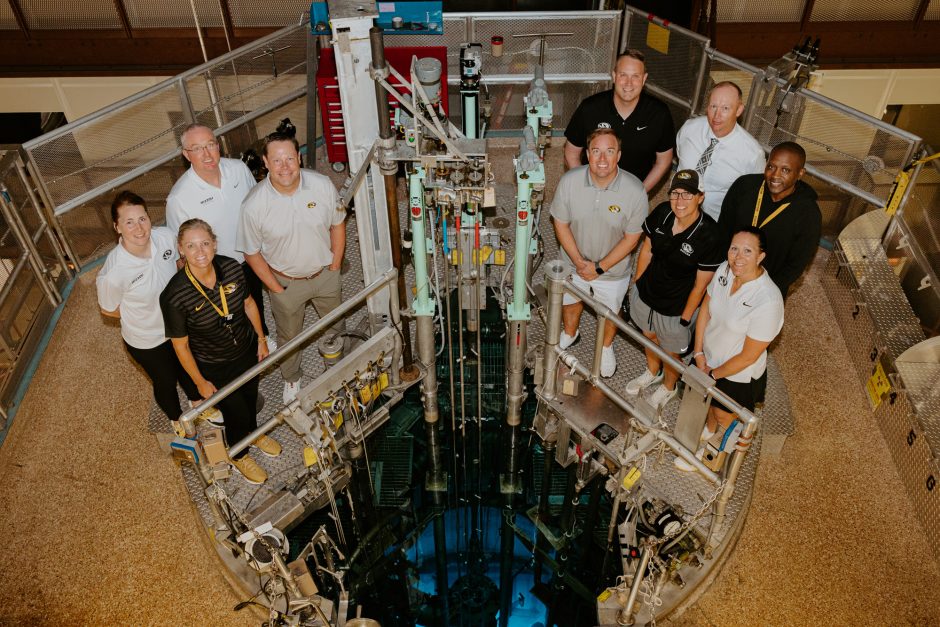
When the research reactor core at MURR is seen from above, it’s surrounded by a nearly 30-foot-deep pool of water that gives off a blue glow. This phenomenon is known as Cherenkov radiation, which happens when electrically charged particles, such as protons or electrons, travel faster than light in a clear medium such as water.
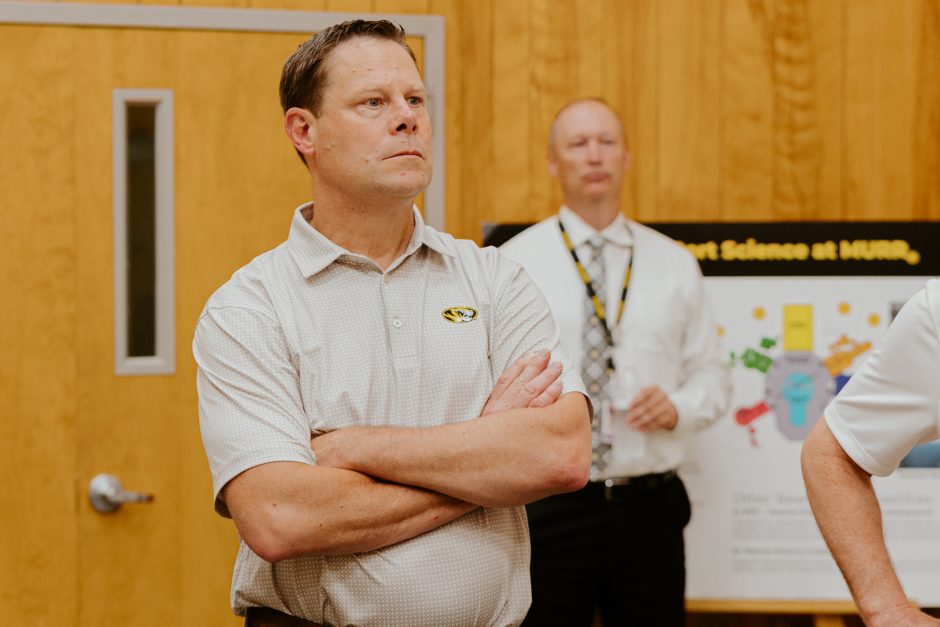
The radioisotopes are used in targeted radiotherapies, allowing for drugs to be delivered directly to the site of cancer in the body. That reduces or eliminates the negative side effects caused by traditional cancer treatments.
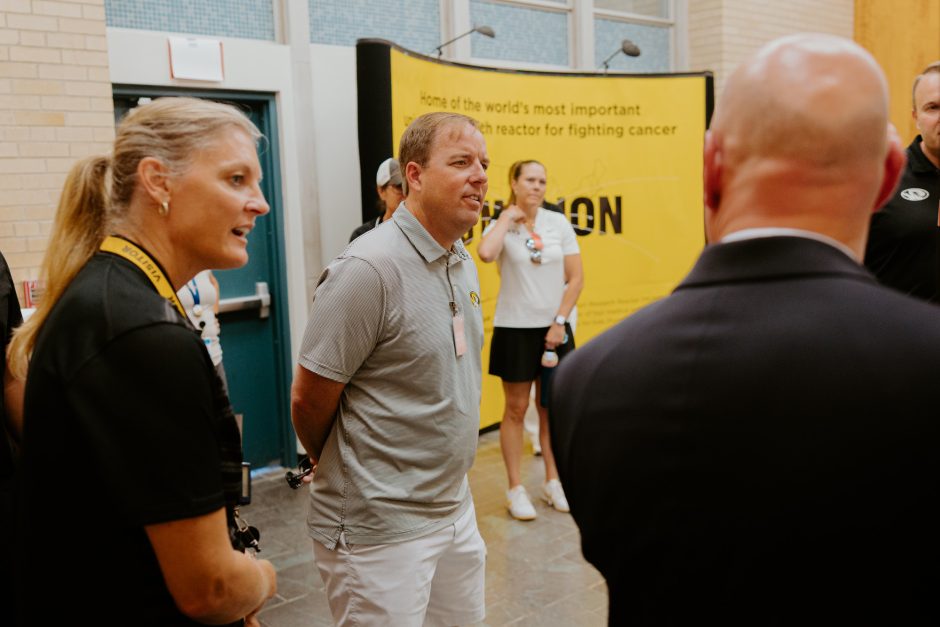
The radioactive compounds produced at MURR are linked to targeting molecules to make up radiopharmaceuticals. These drugs are then administered to the body, where they seek out and stick to cancer cells. The radioactive isotopes release energy that destroys cancer cells while minimizing damage to healthy cells.
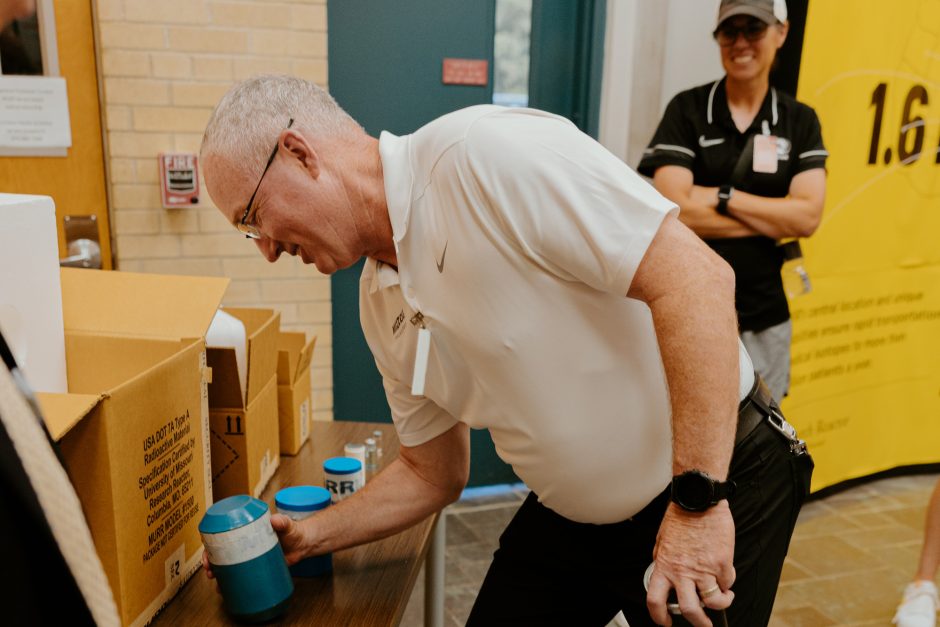
MURR produces four radioisotopes. Iridium-192 is used in high-dose radiation therapies to treat more than a dozen types of cancer including brain, breast, cervical, head and neck, prostate, skin, lung and gynecological cancers. Lutetium-177, or Lu-177, is used to treat prostate cancer and neuroendocrine tumors. Sodium iodide-131 is used for diagnosing and effectively treating thyroid cancer and hyperthyroidism. And Yttrium-90 is a radioisotope used in a treatment for those with liver cancer.

Because of radioactive decay, radioisotopes have a short shelf life, which means they can’t be stockpiled. That’s why MURR’s location in the central U.S. and year-round operations are critical to meeting time-sensitive medical demands.
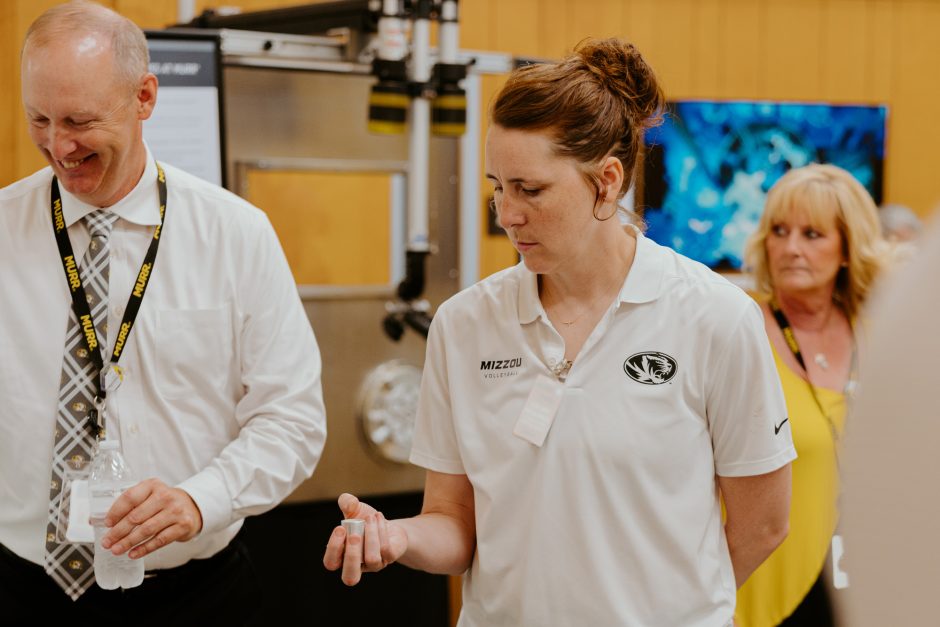
MURR is a member of Nuclear Medicine Europe, the leading industry association for the radiopharmaceutical and molecular imaging industry in Europe. The partnership enhances Mizzou’s role in the advancement of nuclear medicine and ensures the global supply of essential imaging and lifesaving treatments.
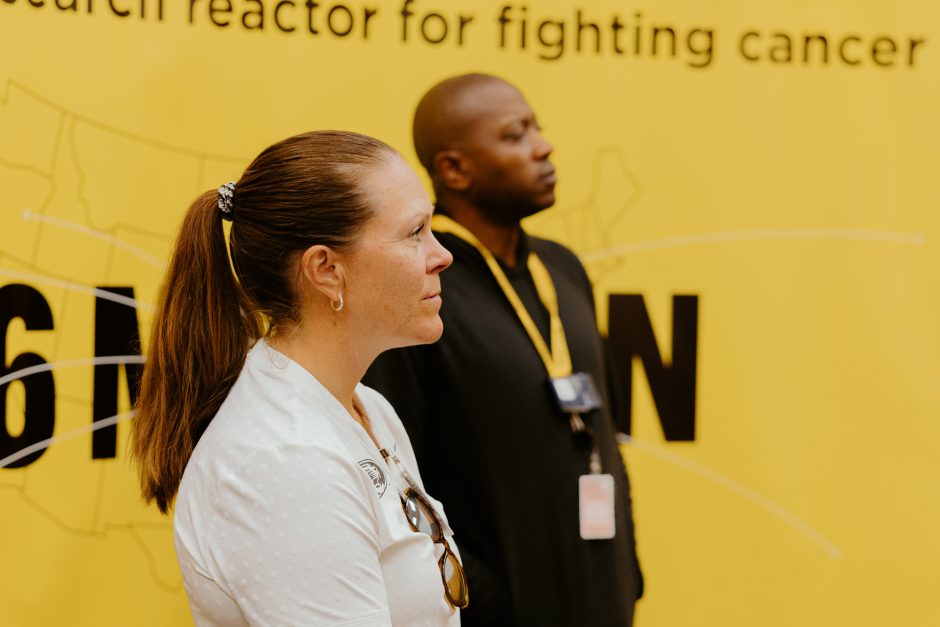
Plans are now underway for NextGen MURR, a state-of-the-art nuclear research reactor that will triple the capacity of the university to produce life-saving isotopes.
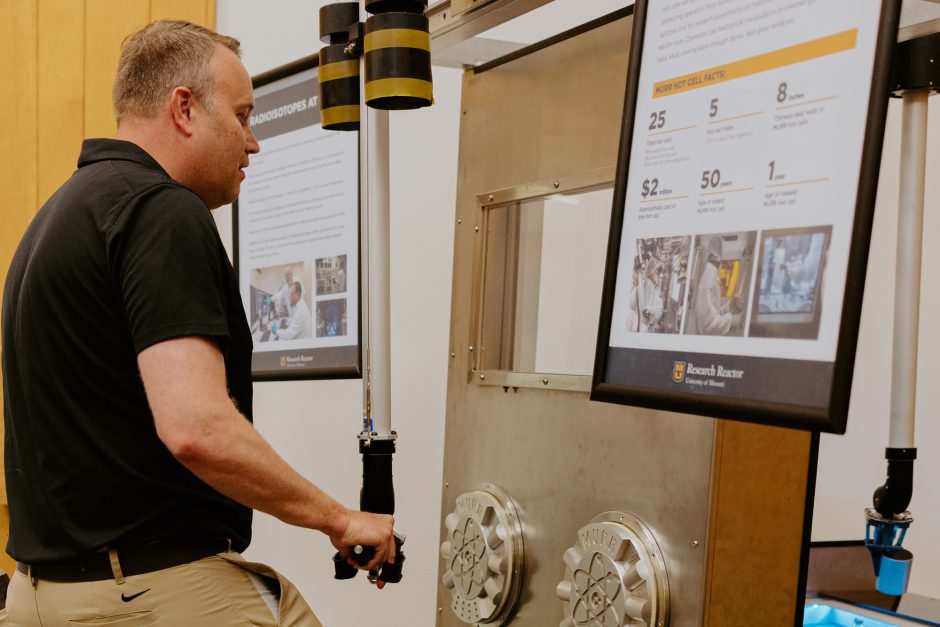
NextGen MURR, which is the largest project in the UM System’s history, was officially launched in April through an agreement with a consortium of companies. Missouri Gov. Mike Kehoe and the Missouri General Assembly recently allocated $50 million in state funding toward the design and construction of the facility.



